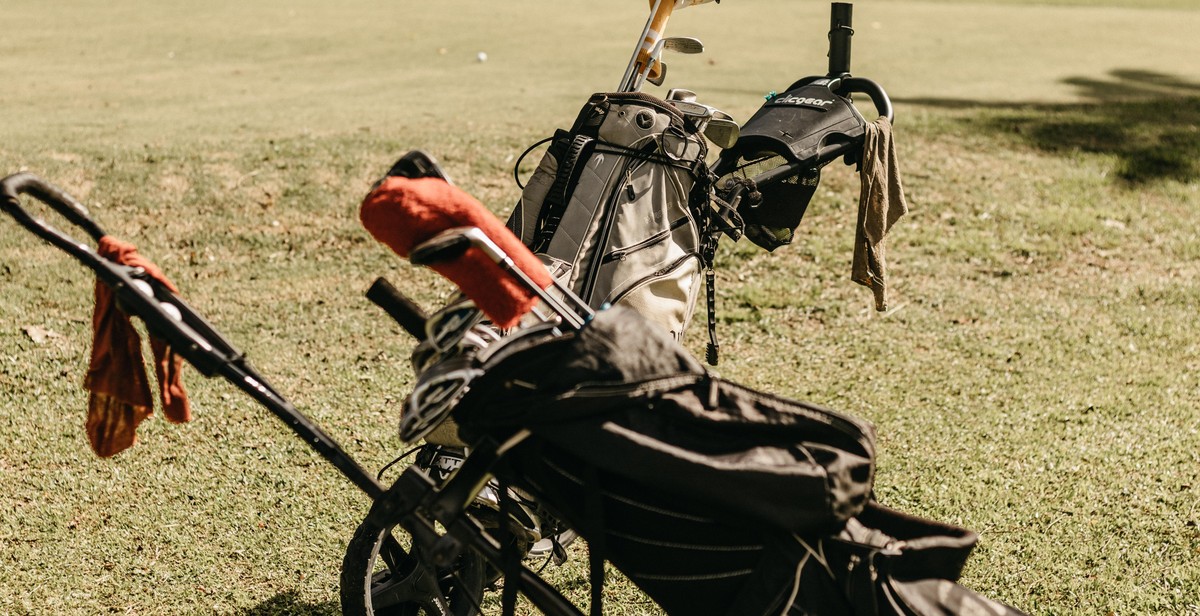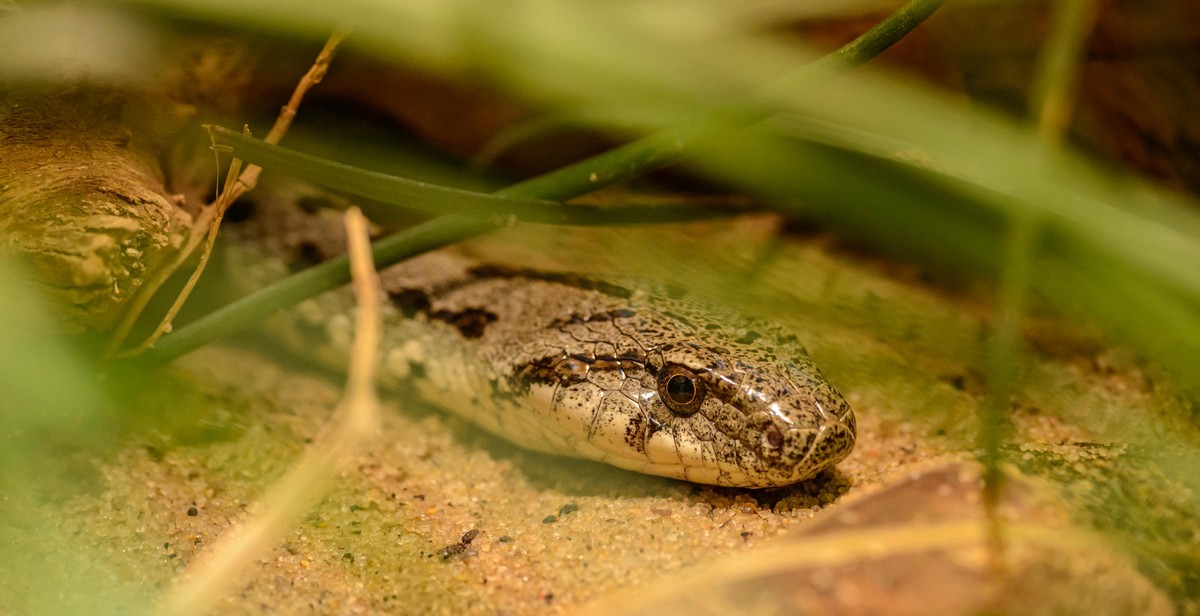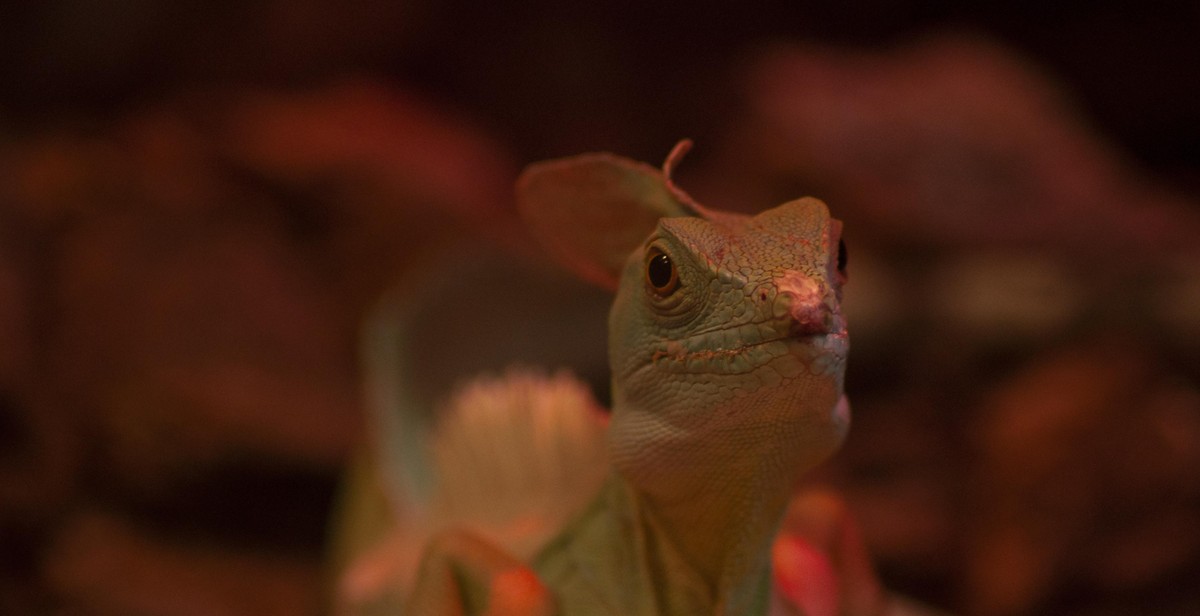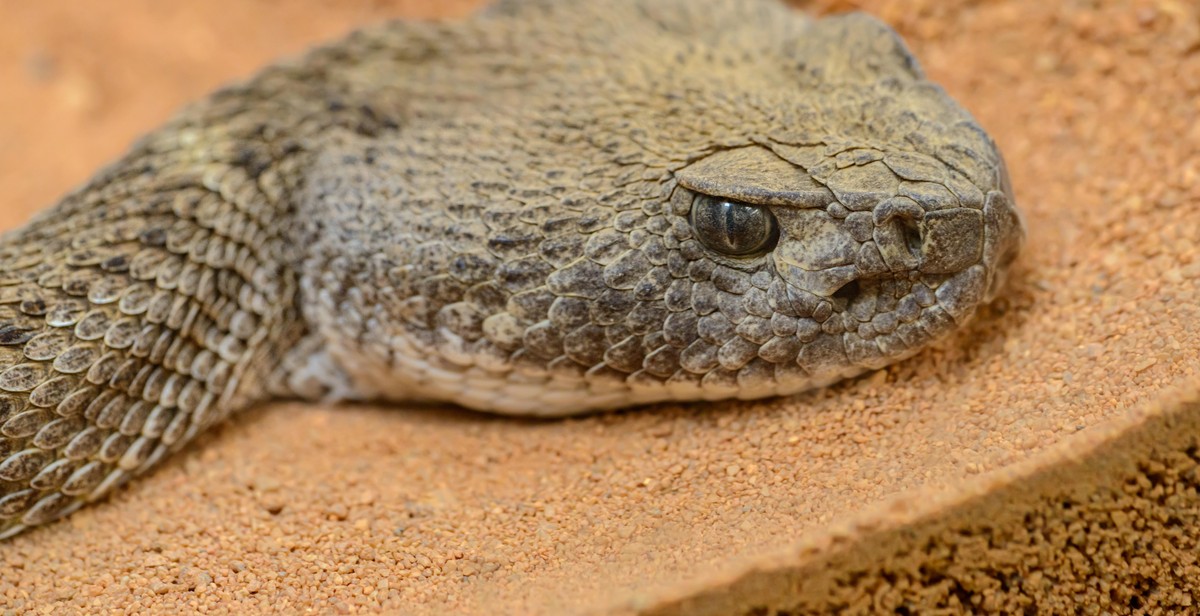How to Set Up a Reptile Terrarium: Essential Equipment and Care Guidelines
Reptiles are fascinating creatures that make great pets. They come in a wide variety of sizes and shapes, and each species has its own unique needs when it comes to housing and care. If you’re considering getting a reptile as a pet, one of the first things you’ll need to do is set up a terrarium.
Why Set Up a Reptile Terrarium?
Reptiles require a specific environment to thrive, and a terrarium provides just that. It allows you to control the temperature, humidity, lighting, and other factors that are essential to your pet’s health and well-being. Additionally, a terrarium provides a safe and secure space for your reptile to live, reducing the risk of escape or injury.
Setting up a terrarium can seem overwhelming, but with the right equipment and care guidelines, it can be a fun and rewarding experience. In this article, we’ll cover everything you need to know to create a comfortable and healthy home for your pet reptile.

Essential Equipment for Setting Up a Reptile Terrarium
Setting up a reptile terrarium requires careful consideration of the equipment you will need to create a safe, comfortable, and engaging environment for your pet. Here are some essential pieces of equipment you will need:
Terrarium Tank
The tank is the most crucial equipment for setting up a reptile terrarium. It should be large enough to accommodate your pet and provide ample space for movement. The size of the tank will depend on the size of your reptile, but a good rule of thumb is to have a tank that is at least 1.5 times the length of the reptile.
Heating and Lighting
Reptiles are cold-blooded animals, and they need a heat source to regulate their body temperature. You will need a heating system that can maintain a temperature range that is appropriate for your pet’s species. Lighting is also essential for reptiles, and it should mimic the natural sunlight. A combination of UVB and UVA bulbs is ideal for most species.
Substrate
Substrate is the material that lines the bottom of the tank. It should be safe for your pet and help maintain proper humidity levels in the tank. Popular substrates include coconut coir, reptile carpet, and paper towels. Avoid using sand or gravel as they can cause impaction if ingested.
Decorations and Hides
Reptiles need a stimulating environment that mimics their natural habitat. You can achieve this by adding decorations such as rocks, branches, and plants. Hides are also essential as they provide a place for your pet to retreat and feel secure. You can use commercial hides or create your own using natural materials.
Thermometers and Hygrometers
Monitoring the temperature and humidity levels in the tank is crucial for your pet’s health. You will need a thermometer to measure the temperature gradient in the tank and a hygrometer to measure the humidity levels. Place them in different areas of the tank to get accurate readings.
Water and Food Dishes
Your reptile will need a source of clean water and food. Choose dishes that are appropriate for the size of your pet and easy to clean. Ceramic or plastic dishes are ideal as they are durable and easy to sanitize.
| Tank Equipment | Recommended Brands |
|---|---|
| Terrarium Tank | Exo Terra, Zoo Med, Carolina Custom Cages |
| Heating and Lighting | Zoo Med, Fluker’s, Exo Terra |
| Substrate | Zoo Med, Reptile Prime, Eco Earth |
| Decorations and Hides | Zoo Med, Exo Terra, Fluker’s |
| Thermometers and Hygrometers | Zoo Med, Fluker’s, Exo Terra |
| Water and Food Dishes | Zoo Med, Fluker’s, Exo Terra |
Investing in high-quality equipment is essential to create a safe and comfortable environment for your pet. By following these guidelines, you can set up a reptile terrarium that meets your pet’s needs and provides a stimulating environment for them to thrive.

Setting Up Your Terrarium
Now that you have all the necessary equipment, it’s time to set up your reptile terrarium. Follow these essential care guidelines to ensure your pet’s habitat is safe, comfortable, and healthy.
Choosing the Right Location
Choose a location that is safe, secure, and out of reach of children and other pets. Avoid placing the terrarium in direct sunlight or near drafts, as this can cause temperature fluctuations that can harm your reptile. Make sure the location has easy access to an electrical outlet and is close to a water source.
Assembling the Terrarium
Assemble the terrarium according to the manufacturer’s instructions. Make sure all components are securely in place and there are no gaps or openings that your reptile can escape from.
Preparing the Substrate
Add a layer of substrate to the bottom of the terrarium. The type of substrate you choose will depend on the species of reptile you have. Some popular options include coconut fiber, sphagnum moss, and reptile bark. Make sure the substrate is deep enough to allow your reptile to burrow and hide.
Adding Decorations and Hides
Add decorations such as rocks, branches, and plants to create a natural and stimulating environment for your reptile. Make sure the decorations are safe and won’t harm your pet. Provide at least one hide for your reptile to retreat to when it feels stressed or threatened.
Installing Heating and Lighting
Install a heat source such as a heat lamp or under-tank heater to provide a warm basking spot for your reptile. Make sure the temperature gradient in the terrarium is appropriate for your pet’s species. Install a UVB light to provide the necessary UV radiation for your reptile’s health.
Placing Thermometers and Hygrometers
Place a thermometer and hygrometer in the terrarium to monitor the temperature and humidity levels. Make sure the temperature and humidity are within the appropriate range for your reptile’s species.
Adding Water and Food Dishes
Add a water dish to the terrarium to provide your reptile with a source of fresh water. Make sure the dish is large enough for your pet to soak in if necessary. Add a food dish to provide your reptile with a designated feeding area.
Following these guidelines will help you set up a safe and comfortable habitat for your reptile. Remember to regularly clean and maintain the terrarium to ensure your pet’s health and well-being.

Caring for Your Reptile Terrarium
Once you have set up your reptile terrarium, it is important to take proper care of it to ensure the health and well-being of your pet. Here are some essential care guidelines to follow:
Temperature and Humidity
Reptiles are cold-blooded animals and require a specific temperature range to regulate their body temperature. You should invest in a thermometer and a thermostat to monitor and maintain the temperature in the terrarium. Different reptile species have different temperature requirements, so it is crucial to research and provide the appropriate temperature range for your pet.
Humidity is also an essential factor to consider. Reptiles from tropical regions require higher humidity levels, while those from arid areas need lower humidity levels. You can monitor the humidity levels with a hygrometer and adjust as needed by misting the terrarium or adding a humidifier.
Feeding and Watering
Feeding your reptile the right diet is crucial for their health. Different reptile species have different dietary requirements, so research the appropriate diet for your pet and provide fresh food regularly. You can also offer supplements to ensure they are getting all the necessary nutrients.
Water is also important for your reptile’s health. Provide a clean and fresh water source at all times. Some reptiles may require a water bowl to soak in, while others may prefer to drink water droplets from misting.
Cleaning and Maintenance
Cleaning and maintaining the terrarium is important to prevent the growth of harmful bacteria and parasites. Remove any uneaten food, feces, and shed skin regularly to keep the terrarium clean. You should also disinfect the terrarium and its accessories regularly with a reptile-safe cleaner.
Regular maintenance of the terrarium’s equipment, such as the heating and lighting systems, is also crucial to ensure they are functioning properly. Replace any faulty equipment immediately to prevent harm to your pet.
| Aspect of Care | Guidelines |
|---|---|
| Temperature | Monitor and maintain the appropriate temperature range with a thermometer and thermostat. |
| Humidity | Monitor and maintain the appropriate humidity levels with a hygrometer and adjust as needed. |
| Feeding | Research and provide the appropriate diet and supplements regularly. |
| Watering | Provide a clean and fresh water source at all times. |
| Cleaning | Remove any uneaten food, feces, and shed skin regularly and disinfect the terrarium and its accessories with a reptile-safe cleaner. |
| Maintenance | Regularly maintain and replace faulty equipment to ensure it is functioning properly. |

Conclusion
Setting up a reptile terrarium can be a fun and rewarding experience for both you and your reptile. With the right equipment and care guidelines, you can create a safe and comfortable home for your pet.
When selecting your terrarium, make sure to choose a size appropriate for your reptile’s species and adult size. Be sure to also consider the materials used in the terrarium to ensure they are safe and non-toxic for your reptile.
Proper lighting and heating are crucial for your reptile’s health and well-being. Make sure to research the specific lighting and heating requirements for your reptile’s species and adjust accordingly.
When it comes to substrate, choose a material that is appropriate for your reptile’s species and provides a comfortable and safe environment. Keep the substrate clean and replace it as needed to prevent the buildup of bacteria and odors.
Regular cleaning and maintenance of the terrarium is necessary to ensure a healthy and hygienic environment for your reptile. Be sure to remove any uneaten food or waste promptly and disinfect the terrarium regularly.
By following these essential equipment and care guidelines, you can create a thriving and comfortable home for your reptile. Always remember to do your research and consult with a veterinarian or experienced reptile owner if you have any questions or concerns.
